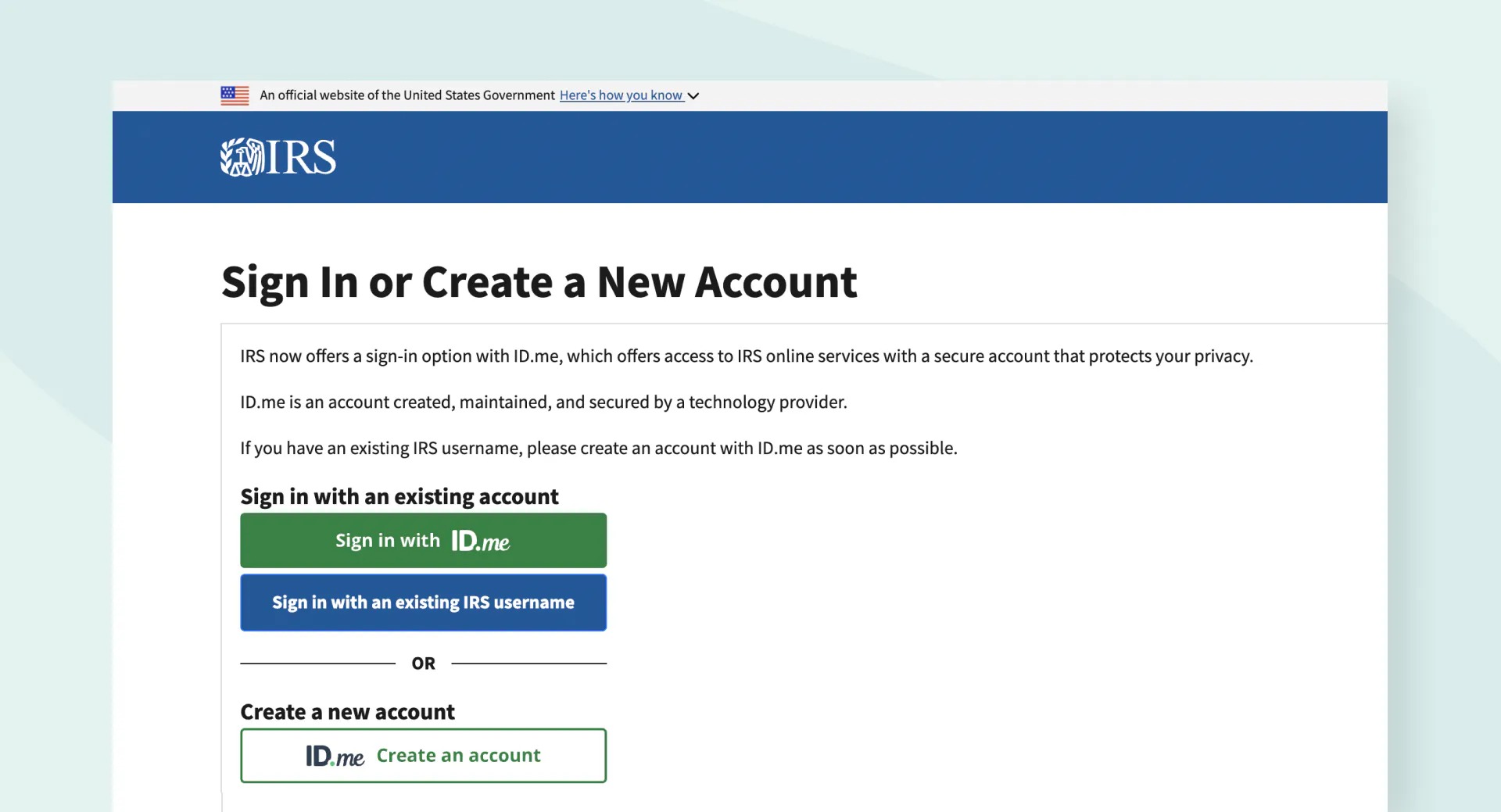

Finance
How To Get Teaching Buyouts College
Modified: December 30, 2023
Learn how to secure teaching buyouts in college to support your financial goals. Gain insights on managing your finances as a college professor and maximizing your earning potential in the field of finance.
(Many of the links in this article redirect to a specific reviewed product. Your purchase of these products through affiliate links helps to generate commission for LiveWell, at no extra cost. Learn more)
Table of Contents
Introduction
Teaching buyouts in college can be a valuable opportunity for faculty members to explore new ventures, focus on research, or take on administrative roles. A teaching buyout refers to a contractual agreement between a college or university and a faculty member, where the faculty member is released from a portion or all of their teaching responsibilities in exchange for other professional pursuits or compensation.
Teaching buyouts can have various benefits for both the faculty member and the institution. For the faculty member, it allows them to allocate more time and energy towards their research, academic writing, or pursuing other professional interests. It can also provide a much-needed break from teaching responsibilities, allowing for a better work-life balance.
On the other hand, teaching buyouts can be advantageous for higher education institutions as well. They can attract and retain high-caliber faculty members by offering them incentives and opportunities for professional growth. It can also enable institutions to diversify their faculty’s expertise and enhance the overall academic environment.
However, securing a teaching buyout requires careful planning, consideration of eligibility criteria, and effective negotiation skills. In this article, we will delve into the details and guide you through the process of obtaining a teaching buyout in college. We will navigate through the eligibility requirements, steps to secure a buyout, negotiation strategies, and potential challenges to be aware of.
Whether you are a faculty member contemplating a teaching buyout or an administrator looking for ways to support faculty development, this comprehensive guide will provide invaluable insights to assist you in understanding and navigating the realm of teaching buyouts in college.
Understanding Teaching Buyouts in College
Before diving into the process of securing a teaching buyout, it is important to have a clear understanding of what it entails. Simply put, a teaching buyout is an arrangement where a faculty member is relieved from their teaching responsibilities, either partially or completely, in exchange for other professional activities or compensation.
Teaching buyouts can vary in their scope and terms. Some faculty members may opt for a partial buyout, where they reduce their teaching load, while others may pursue a full buyout, where they are entirely exempt from teaching for a specified period. The terms of the buyout typically depend on the agreement reached between the faculty member and the institution.
There are several reasons why faculty members consider pursuing teaching buyouts. One common reason is to devote more time to research pursuits. Teaching can be demanding, and securing a buyout allows faculty members to focus on advancing their research agenda, writing academic papers, or obtaining grants for their projects. It provides them with the freedom and flexibility to explore new areas of interest.
Additionally, teaching buyouts can offer faculty members the opportunity to take on administrative roles within the institution. This could involve serving as a department chair, program director, or participating in university committees to contribute to the overall academic environment. By taking on these roles, faculty members can gain valuable administrative experience and make a significant impact on shaping the direction of their institution.
Moreover, teaching buyouts can be beneficial for faculty members who desire a better work-life balance. The demands of teaching, grading, and office hours can sometimes leave faculty members with limited time for personal pursuits or family commitments. A teaching buyout can provide them with the flexibility to prioritize their personal life and alleviate stress.
Similarly, teaching buyouts can also be advantageous for institutions. By providing faculty members with the opportunity to focus on research or administrative roles, institutions can enhance their research output, attract high-profile researchers, and foster a vibrant scholarly community. Teaching buyouts contribute to the professional development and growth of faculty members, ultimately benefiting the academic reputation and standing of the institution.
In the next sections, we will explore the eligibility criteria for teaching buyouts, the steps to secure a buyout, and the negotiation process to ensure a successful agreement that benefits both the faculty member and the institution.
Assessing Eligibility for Teaching Buyouts
While teaching buyouts can provide numerous benefits, it is important to assess your eligibility before pursuing such an arrangement. Eligibility criteria may vary between institutions, but here are some common factors that are typically considered:
- Length of employment: Institutions often require faculty members to have a certain number of years of service before being eligible for a teaching buyout. This requirement ensures that faculty members have established themselves within the institution and have made significant contributions to teaching and research.
- Academic standing: Faculty members are usually expected to have a strong academic track record, including a record of successful teaching, publications, grants, and other scholarly achievements. This ensures that faculty members have a proven commitment to academic excellence and are likely to make significant contributions during their buyout period.
- Institutional needs: Eligibility for teaching buyouts may also depend on the specific needs of the institution. Institutions may prioritize certain disciplines or programs and allocate buyout opportunities accordingly. Additionally, the financial health of the institution may play a role, as buyouts require funding and resources.
- Teaching load: Institutions consider the current teaching load of faculty members when evaluating eligibility for buyouts. Typically, faculty members with a heavier teaching load may be given preference, as relieving them of some teaching responsibilities can have a greater impact on their professional development.
- Efficiency and effectiveness: Institutions may assess the efficiency and effectiveness of a faculty member’s teaching to determine eligibility for a buyout. Faculty members who have demonstrated effectiveness in their teaching and have contributed positively to student learning outcomes may be more likely to secure a buyout.
It is essential to consult your institution’s policies and guidelines regarding teaching buyouts to understand the specific eligibility requirements. Once you have determined your eligibility, you can proceed with the process of securing a teaching buyout, which we will outline in the following sections.
Steps to Secure a Teaching Buyout in College
Securing a teaching buyout in college requires careful planning and proactive steps. Here are some key steps to follow in order to successfully secure a teaching buyout:
- Research institutional policies: Familiarize yourself with your institution’s policies and guidelines regarding teaching buyouts. Understand the eligibility criteria, application process, and any specific requirements or deadlines.
- Identify your goals: Determine what you hope to achieve with a teaching buyout. Are you looking to focus on research, take on administrative roles, or pursue other professional interests? Clearly define your goals to inform your buyout proposal.
- Prepare a proposal: Develop a well-structured proposal outlining your reasons for seeking a teaching buyout and how it aligns with your professional goals and the institution’s mission. Detail the intended use of the buyout time and the anticipated impact on your professional development.
- Consult with department chair or supervisor: Share your proposal with your department chair or supervisor. Seek their advice and input, as they will likely be involved in the approval process. Their support can strengthen your case when seeking buyout approval.
- Submit your proposal: Follow the application process outlined by your institution. Provide all the required documentation, including your proposal, curriculum vitae, and any supporting materials. Ensure that you meet all deadlines and provide a comprehensive application.
- Engage in the review process: Your proposal will typically go through a review process involving various stakeholders such as department heads, deans, and committees. Be prepared to address any questions or concerns that may arise during this stage.
- Negotiate terms: If your proposal is approved, you may enter into negotiations with the institution regarding the terms of the teaching buyout. This may include details such as the duration of the buyout, the compensation package (if applicable), and any specific responsibilities or expectations during the buyout period.
- Finalize the agreement: Once the terms are agreed upon, ensure that all details are documented in a formal agreement or contract. Review the agreement carefully and seek legal advice if necessary.
- Transition planning: Begin planning for the transitioning period from teaching to the buyout. Inform your students and colleagues about the change, and collaborate with them to ensure a smooth transition. Prepare any necessary handover materials and finalize any pending teaching commitments.
- Utilize the buyout period: Make the most of your buyout period by actively engaging in your planned activities. Whether it is conducting research, assuming administrative roles, or pursuing professional development opportunities, utilize the time effectively to achieve your goals.
By following these steps and actively engaging in the process, you increase your chances of securing a teaching buyout that aligns with your professional aspirations and benefits both you and your institution.
Negotiating the Terms of the Teaching Buyout
Once your teaching buyout proposal is approved, the next step is to negotiate the terms of the buyout with your institution. Effective negotiation ensures that both parties are satisfied with the agreement and that the buyout serves its intended purpose. Here are some key considerations for negotiating the terms of a teaching buyout:
- Duration: Determine the length of the buyout period. Consider your goals and the time required to accomplish them. Negotiate a duration that aligns with your needs while taking into account the requirements and considerations of your institution.
- Compensation: In some cases, a teaching buyout may come with financial compensation. Discuss and negotiate the compensation package, if applicable. Consider factors such as your rank, experience, and the impact of the buyout on your workload and income.
- Specific responsibilities: Clarify any specific responsibilities or expectations during the buyout period. This could include research goals, administrative duties, or participation in committees or projects. It is important to establish clear roles and expectations to ensure a successful buyout experience.
- Workload and workload distribution: Discuss how your teaching workload will be redistributed during your buyout period. Collaborate with department colleagues and administrators to ensure a fair and equitable distribution of teaching responsibilities. Consider factors such as class size, course content, and the availability of qualified instructors.
- Resources and support: Determine the resources and support you will have access to during the buyout period. This could include research funds, office space, administrative assistance, or access to specialized equipment or facilities. Negotiate these details to ensure you have the necessary resources to succeed in your buyout activities.
- Evaluation and reporting: Agree upon the evaluation and reporting requirements during the buyout period. Establish clear communication channels with relevant stakeholders to provide updates on your progress and achievements. This ensures transparency and accountability throughout the buyout period.
- Renewal or extension: If necessary, discuss the possibility of renewing or extending the buyout period. Circumstances may change, and you might need additional time to accomplish your goals. Negotiate the terms for potential renewal or extension, considering the needs and preferences of both parties.
During the negotiation process, it is crucial to maintain open and honest communication with your institution. Clearly articulate your needs and aspirations while also considering the institution’s requirements and constraints. Be prepared to compromise and find mutually beneficial solutions.
Ultimately, the goal of negotiation is to reach an agreement that supports your professional development, aligns with the institution’s objectives, and ensures a successful teaching buyout experience for both parties.
Managing the Transition from Teaching to Buyout
The transition from teaching responsibilities to a buyout period requires careful planning and effective communication with various stakeholders. To ensure a smooth transition, consider the following strategies:
- Notify students and colleagues: Inform your students and colleagues about the transition. Communicate the duration of your buyout period and any changes that may occur. Provide clear instructions on who will be taking over your teaching responsibilities and how to contact you during the transition.
- Collaborate with colleagues: Collaborate with your colleagues and department to ensure a seamless handover of teaching responsibilities. Share course materials, syllabi, and other relevant resources with the faculty member who will be covering your classes. Maintain open lines of communication to address any questions or concerns that may arise.
- Delegate tasks: Delegate any administrative tasks or commitments that cannot be carried out during the buyout period. Discuss with your department chair or supervisor to redistribute responsibilities and ensure the continuity of departmental operations.
- Stay connected: Stay connected with your academic community during the buyout period. Attend departmental meetings, faculty gatherings, or professional development events when possible. This will help you stay updated on institutional developments and maintain connections with colleagues.
- Focus on your buyout activities: Utilize the buyout period to dedicate time and energy to your planned activities, such as research or administrative roles. Stay organized, set goals, and establish a productive routine to make the most of the buyout. Seek support and guidance from mentors or colleagues who can assist you in achieving your goals.
- Communicate progress and achievements: Keep relevant stakeholders informed about your progress and achievements during the buyout period. Share updates on your research, administrative contributions, or any other activities that align with your buyout goals. This helps maintain transparency and demonstrates the value of the buyout to the institution.
- Prepare for the return: As the end of the buyout period approaches, start preparing for your return to teaching responsibilities. Familiarize yourself with any curriculum changes, administrative updates, or new policies that have occurred during your buyout. Engage in discussions with your department chair or supervisor to ease the transition back into teaching.
Remember to embrace the opportunities that the buyout period provides and make the most of it. Actively engage in your planned activities, contribute to the institution’s goals, and leverage the time to advance your professional development. Managing the transition effectively will ensure a successful buyout experience and a seamless return to teaching responsibilities when the buyout period concludes.
Potential Challenges and Considerations
While teaching buyouts in college can bring numerous benefits, it is important to be aware of potential challenges and considerations that may arise. By understanding and addressing these challenges, you can better navigate the buyout process. Here are some key factors to consider:
- Institutional support: The level of institutional support for teaching buyouts can vary. Some institutions may have well-established processes and resources in place to facilitate buyouts, while others may have limited support. Before pursuing a buyout, assess the institutional support available to you and ensure it is sufficient to meet your needs and goals.
- Funding: The availability of funding to support teaching buyouts can be a challenge. Institutions may have limited financial resources allocated for buyouts, resulting in a competitive process. It is important to be realistic about the availability of funding and explore alternative sources of support if necessary.
- Workload redistribution: The redistribution of teaching responsibilities during a buyout period may pose logistical challenges. Ensuring a fair and equitable distribution of workload among faculty members can require coordination and collaboration. Effective communication and planning with department colleagues and administrators are crucial to address any potential issues that may arise.
- Impact on students: The buyout period can impact students who were expecting you to be their instructor. It is important to communicate the transition to your students and provide support to minimize any disruptions to their learning experience. Consider providing resources, introducing them to their new instructor, and being available for guidance if needed.
- Maintaining visibility and collaboration: During the buyout period, it is important to maintain visibility within your academic community and collaborate with colleagues. This can be challenging as you may be less involved in day-to-day teaching activities. Proactively engage in departmental meetings, research discussions, or other academic events to stay connected and contribute to the intellectual community.
- Managing expectations: It is essential to manage expectations during a buyout period. Clearly communicate your goals and limitations to relevant stakeholders, including department chairs, colleagues, and students. Ensuring that everyone is on the same page will foster understanding and mitigate potential misunderstandings.
- Return to teaching: As the buyout period concludes, transitioning back to teaching responsibilities may require adjusting and reacclimating. Embrace the opportunity to reflect on your buyout experience and consider how it can inform and enhance your teaching practices moving forward.
Addressing these challenges and considerations early on will help you plan and navigate the teaching buyout process more effectively. Be proactive in seeking support, communicating with stakeholders, and maintaining a holistic view of your responsibilities and goals.
Conclusion
Securing a teaching buyout in college can be a transformative opportunity for faculty members to pursue research, engage in administrative roles, or achieve a better work-life balance. While the process of obtaining a teaching buyout may vary between institutions, understanding the eligibility criteria, following the necessary steps, and engaging in effective negotiations are essential for success.
Assessing your eligibility, preparing a comprehensive proposal, and engaging in open communication with department chairs and supervisors are crucial initial steps in the buyout process. Once approved, negotiating the terms of the teaching buyout allows for a mutually beneficial agreement that meets both your goals and the institution’s objectives.
Managing the transition from teaching to the buyout period requires careful planning and collaboration with colleagues. By effectively communicating with students and assigning teaching responsibilities to fellow faculty members, you can ensure a smooth transition that minimizes disruptions to the learning experience.
As you engage in your buyout activities, maintain visibility within your academic community and communicate your progress and achievements. This fosters transparency and demonstrates the value of the buyout to the institution and your professional development.
However, it is important to consider potential challenges and address them proactively. Factors such as institutional support, funding availability, workload redistribution, and managing expectations require attention to ensure a successful buyout experience.
In conclusion, teaching buyouts in college offer faculty members the opportunity to explore new avenues, further their research, and contribute to the overall academic environment. By understanding the process, assessing eligibility, managing the transition effectively, and addressing potential challenges, faculty members can make the most of their teaching buyout experience while benefiting both themselves and their institutions.














